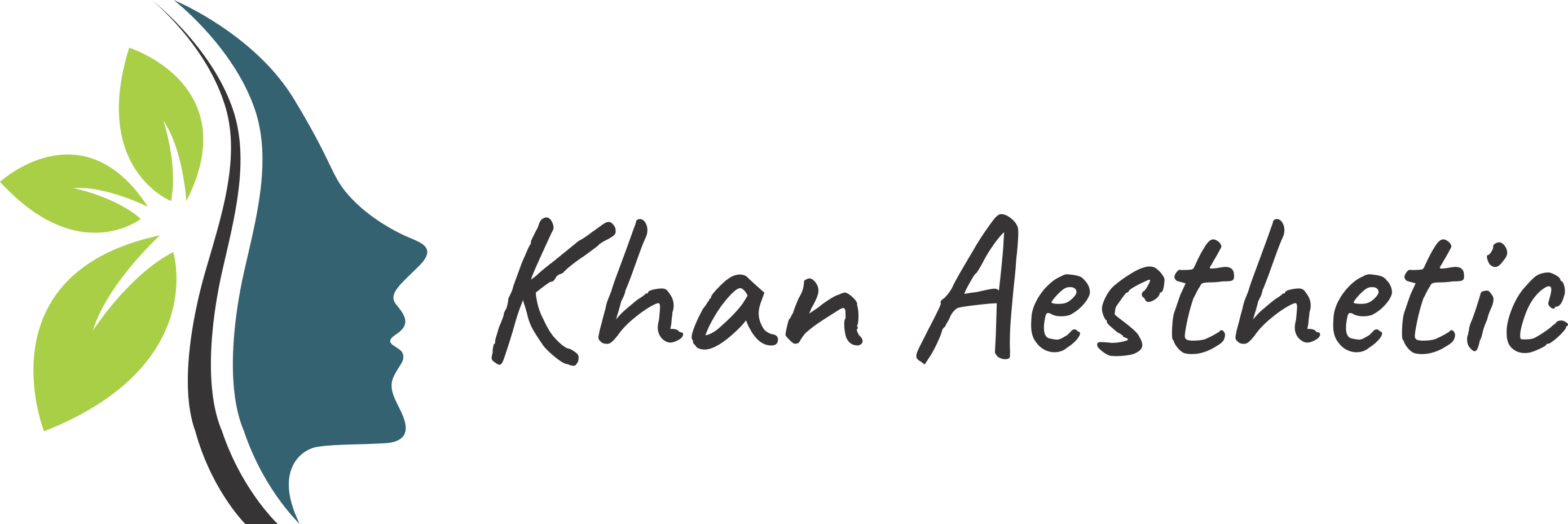Platelet-Rich Plasma (PRP) therapy has emerged as a popular and effective treatment for hair loss and thinning hair. This non-surgical procedure harnesses the body’s own healing properties to stimulate hair follicles and promote hair growth. Here’s a detailed look at how hair PRP therapy works, its benefits, and what to expect.
What is Hair PRP Therapy?
PRP therapy for hair restoration involves extracting a small amount of the patient’s blood, processing it to concentrate the platelets, and then injecting this platelet-rich plasma into the scalp. The growth factors found in PRP are believed to stimulate hair follicles, enhance blood supply, and promote new hair growth.
How Does Hair PRP Therapy Work?
- Blood Collection: A small volume of blood (typically around 10-20 ml) is drawn from the patient’s arm.
- Centrifugation: The collected blood is placed in a centrifuge, which spins at high speeds to separate the blood components. This process isolates the PRP, which is rich in platelets and growth factors.
- Preparation for Injection: The concentrated PRP is extracted and prepared for injection into the scalp.
- Injection: Using a fine needle, the PRP is injected into areas of the scalp that show thinning or hair loss. The procedure typically targets the areas with the most significant hair loss or thinning.
Benefits of Hair PRP Therapy
- Stimulates Hair Growth: PRP contains growth factors that can reactivate dormant hair follicles and promote new hair growth.
- Improves Hair Thickness: Many patients report thicker, healthier hair after a series of PRP treatments.
- Minimal Downtime: PRP therapy is a non-surgical procedure with minimal recovery time. Most patients can return to their daily activities immediately after treatment.
- Natural Results: Since PRP uses the patient’s own blood, there is a low risk of allergic reactions or complications.
- Versatile Treatment: PRP therapy can be used for various types of hair loss, including androgenetic alopecia (male or female pattern baldness) and other forms of thinning hair.
What to Expect During and After Treatment
- Consultation: A thorough consultation with a qualified provider is essential to discuss your hair loss concerns, medical history, and treatment expectations.
- Procedure Duration: The entire PRP therapy process typically takes about 60 to 90 minutes, including blood draw, preparation, and injections.
- Immediate Aftereffects: Some patients may experience mild redness, swelling, or tenderness at the injection sites, but these effects usually subside within a few days.
- Results Timeline: Initial improvements may be noticeable within a few weeks, but optimal results generally appear within 3 to 6 months as new hair growth occurs.
- Follow-Up Treatments: For the best results, a series of treatments (usually 3 to 4 sessions spaced a month apart) may be recommended, followed by maintenance sessions every 6 to 12 months.
Potential Risks and Side Effects
While hair PRP therapy is generally safe, there are some potential risks, including:
- Mild Discomfort: Some patients may feel discomfort during the injections.
- Bruising and Swelling: Minor bruising or swelling at the injection sites is common but usually resolves quickly.
- Infection: Though rare, there is a slight risk of infection with any injection procedure.
- Allergic Reactions: Since PRP is derived from your own blood, allergic reactions are extremely rare.
Choosing the Right Provider
Selecting a qualified and experienced provider is crucial for achieving optimal results. Look for licensed professionals, such as dermatologists or certified hair restoration specialists, who specialize in PRP therapy. It’s essential to review their credentials, ask about their experience, and view before-and-after photos of previous patients.
Conclusion
Platelet-Rich Plasma (PRP) therapy for hair restoration is an innovative and effective treatment option for individuals experiencing hair loss or thinning. By leveraging the body’s own healing mechanisms, PRP promotes new hair growth and improves hair thickness with minimal downtime. If you’re considering PRP therapy for hair restoration, consult with a qualified professional to discuss your goals and ensure you receive the best care possible. With the right approach, you can achieve healthier, fuller hair!
